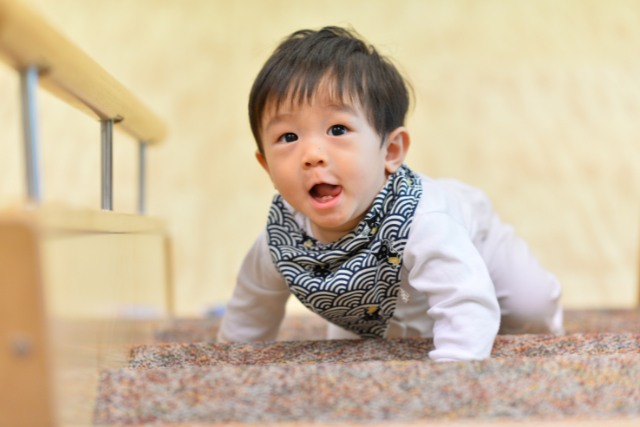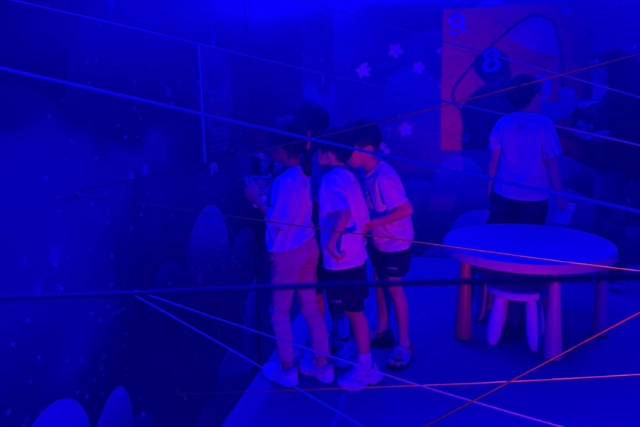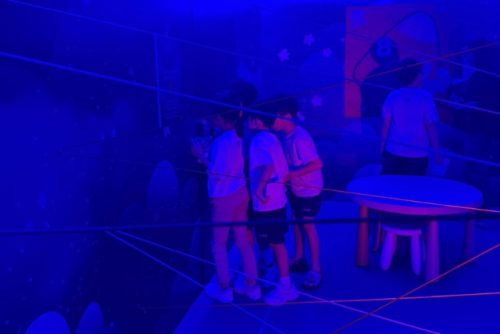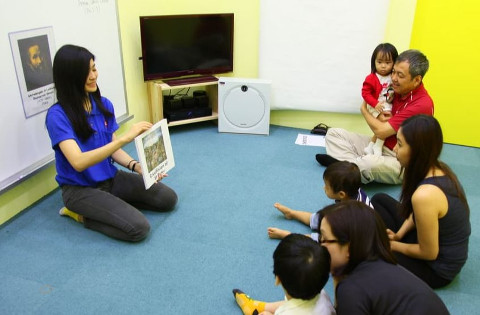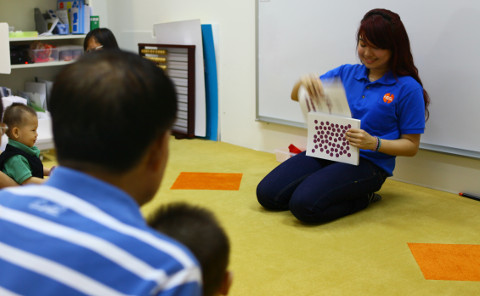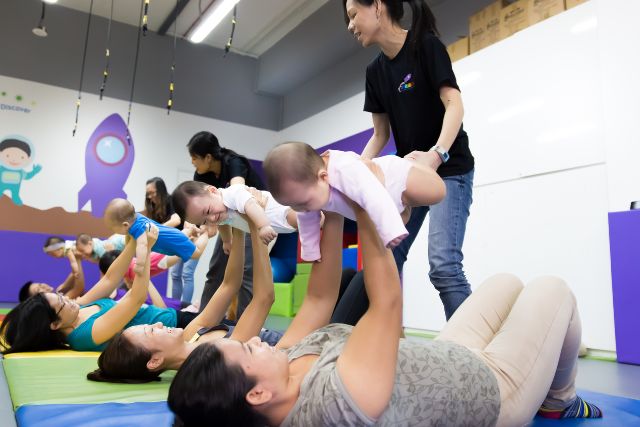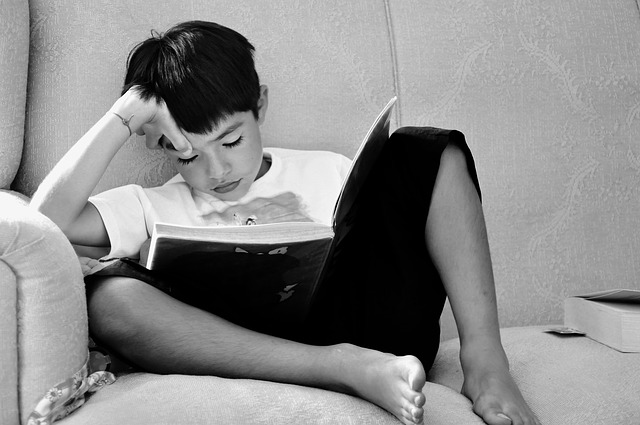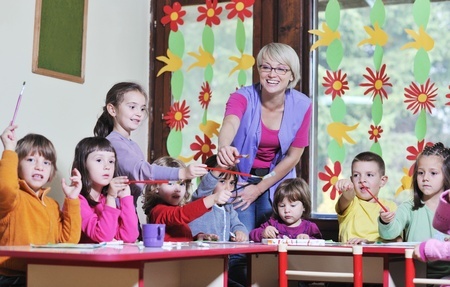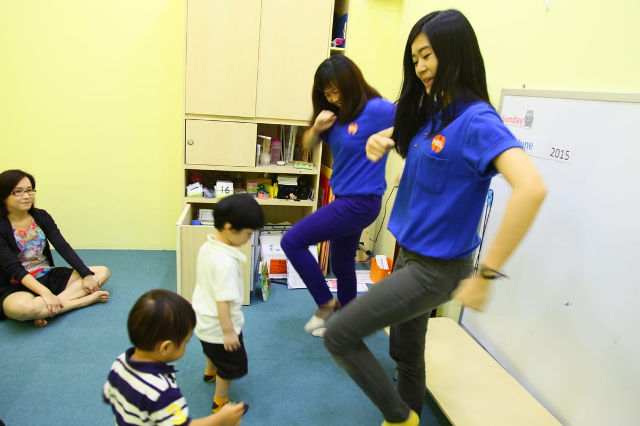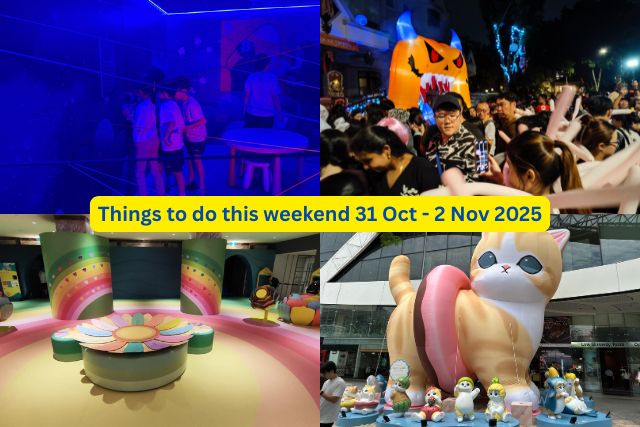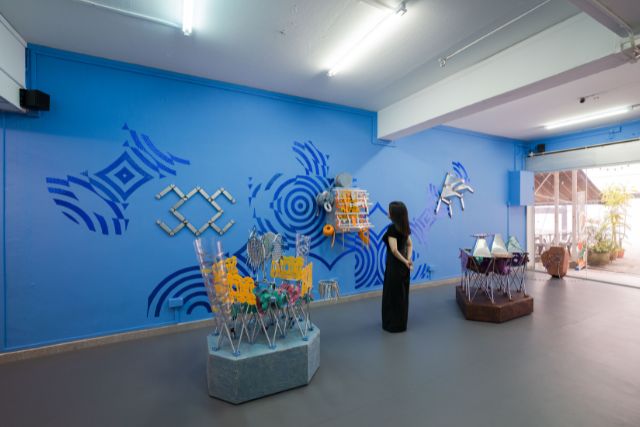Early exposure to a variety of learning experiences to build connections between the brain cells and maximize your child’s potential. Kuah Eng Liang, shares with us about the development of a child’s brain and why it is important to provide proper stimulation and develop the brain at a young age before 6.

Understanding the Characteristics of the Left and Right Brain
You have probably heard or read about left or right-brained dominance, where each side of the brain controls different types of thinking. A “left-brained” person is considered to be more logical, objective and analytical while a person who is “right-brained” is said to be more expressive, creative and intuitive.
Left Brain
The left brain is the “reasoning” brain. It controls the conscious mind, logic and reasoning abilities. It processes information systematically (one by one) but slowly and in small quantities.
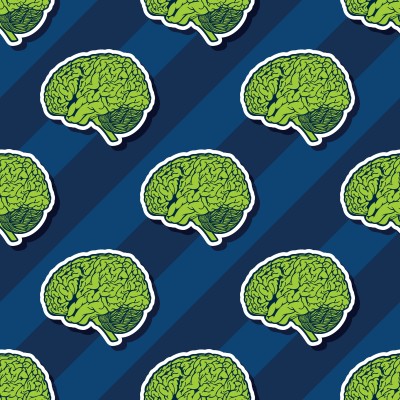
Right Brain
On the other hand, the right brain is the “visualization” brain. It controls the subconscious mind, imaging abilities, creativity and intuitive senses. It has the powerful ability to process a massive amount of information quickly and has great memory retention ability.
The characteristics of the left and right hemispheres of our brain are distinctly different. It is important for parents to understand the characteristics and to look for programmes that can help harness the powerful abilities of the right brain, such as high-speed data processing, photographic memory, imaging as well intuitive senses, while not neglecting the analytical abilities of the left.
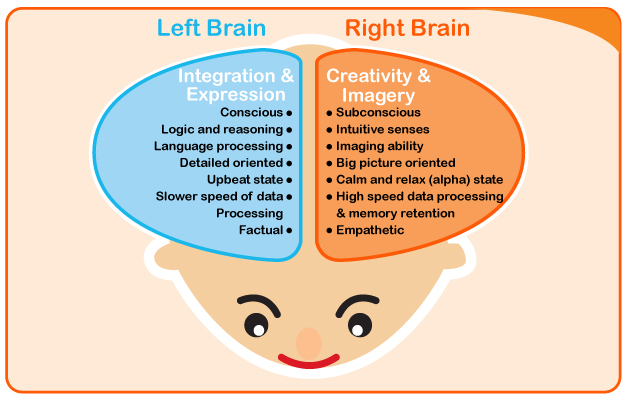
Understanding the Development of Your Child’s Brain with Age
Richard Scammon’s curves of systemic growth summarize the differential nature of postnatal growth.
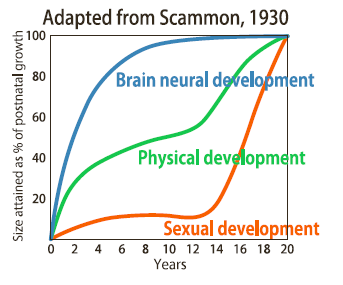
Neural Curve
The “brain neural development” curve characterizes the growth of the brain, nervous system, and associated structures such as the eyes, upper face and parts of the skull. These tissues experience rapid growth early in the postnatal life.
In fact, at birth, a baby will have more than 100 billion neural cells in the brain. Missing at birth, however, are most of the connections between the cells. A baby’s experiences help create connections between the cells. There are ‘critical periods’ during which the brain has to be exposed to new experiences to develop new skills and competencies.
By the age of 6, more than 80% of the brain would already have been developed! It is hence important to take advantage of this short critical window from birth to 6 years old to stimulate and develop the abilities of a child’s brain.
By Kuah Eng Liang, Principal of Heguru Education Centre.
This article was first published in The New Age Parents e-magazine.
* * * * *
Like what you see here? Get parenting tips and stories straight to your inbox! Join our mailing list here.
Want to be heard 👂 and seen 👀 by over 100,000 parents in Singapore? We can help! Leave your contact here and we’ll be in touch.













